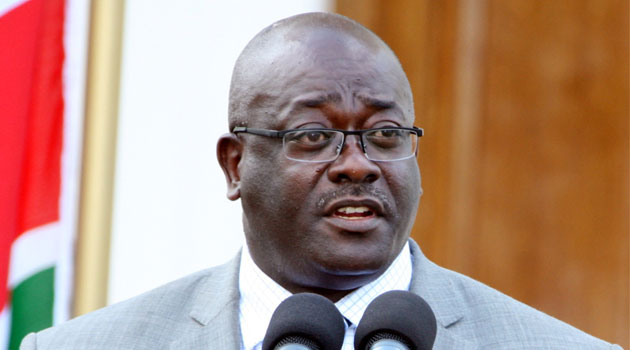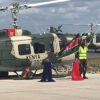NAIROBI, Kenya, Jul 20 – The East African Community (EAC) integration process has been in the news lately, as the region gears up for political, economic, social and cultural cooperation.
With this new found attention, the role of the media in the EAC integration process has come into sharp focus in light of how the region’s media houses perceive and frame the integration process especially given that the broad goal of the EAC is to widen and deepen co-operation among partner states in the realm of political, economic, social and cultural fields, research and technology, defense, security and legal and judicial affairs.
Going by the viewpoints generated recently among regional media practitioners and experts, a lot more work within media is required if the concept of the EAC is to gain widespread acceptance and cooperation from citizens in the five partner states of Tanzania, Kenya, Uganda, Rwanda and Burundi.
The EAC Treaty mandates the partner States to establish a customs union, a common market, a monetary union and ultimately a political federation for enabling the industrial, commercial, infrastructural, cultural, social, political and other relations leading to a harmonious and equitable development process for the region.
At a recent consultation in Nairobi organised by the Society for International Development (SID) to discuss the role of the media in promoting equitable integration, Kenyan media scholar Dr George Nyabuga noted that much of the media content was based on the tensions and negativity rather than on cooperation and peaceful integration.
That is why the EAC is mostly perceived as an idealistic and often unrealistic arrangement especially in the context of the individual partners states’ recent history – the most vivid being the disputed election results in 2007, leading to Kenya’s violent political and social convulsions – whose aftermaths are still being felt nearly 18 months later.
“The Community has been unable to shake off the past shadows of political deadlock, distrust and disparities in the gains and loses for the partner states,” noted Dr Nyabuga, referring to the collapse of the former East African Community in 1977. “How much harder then is it to repackage the new Community especially in the context of a political federation when we have not learned how to resolve election disputes?” he added
His argument is that since news coverage in the region’s commercial media is driven by content that sells and the media agenda pegged to profits for the owners, they are not entirely in the interests of the region’s integration issues.
A fundamental role of media is the provision of information principled on reporting truth. However, Dr Nyabuga cautioned that the mobilisation and interpretation of the diverse EAC issues, public opinion, agenda setting and agenda building would be filtered through a ‘truth’ lens of the varied media interests.
Giving his perspective on the power of the alternative media to salvage the situation, Mr Joel Okao of the Kampala-based development news service PANOS Eastern Africa said the alternative media in the EAC context served as a reproof of the mainstream media – existing primarily for their diverse audiences rather than the interests of professionals and profiteers.
His argument being: “Alternative media are instruments of democratic expression and can be used as a platform for debate on EAC issues since certain social needs relating to media cannot be met by state and commercial media.”
Mr Okao is keen for the exploitation of the potential of the alternative media because it creates adequate room for issues that will not be taken up by mainstream media and broaden the scope of possibilities.
“The mainstream media promote assumptions that there is little dissent on the EAC integration process whereas alternative media allows people to say what they want and to provide a platform for arguments for and against the EAC,” says Mr Okao.
These arguments are just a foretaste of a new study commissioned by the SID titled: Enhancing Equity in the East African Regional Integration Process: Role of Media in Promoting Equitable Integration.
Led by Dr George Lugalambi from the Department of Mass Communication, Makerere University, Kampala, the study will consider the structure of both mainstream and alternative media in East Africa and how they can be used as tools for social change, development and integration. The key issues for consideration are equity in employment, education sharing benefits and the costs of integration.
In addition it will scrutinise some the key issues of concern, controversy and interest generated by the integration process and how the media can promote debate, understanding and sensitisation of the integration process.
The SID Regional Integration Equity Programme is a three-year agenda aimed at monitoring and deepening understanding into the dynamics of integration in East Africa from an equity perspective.










































